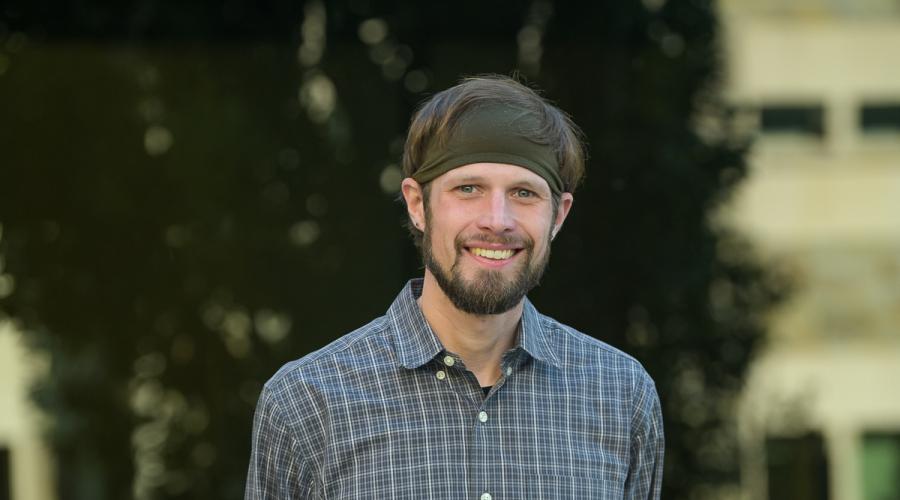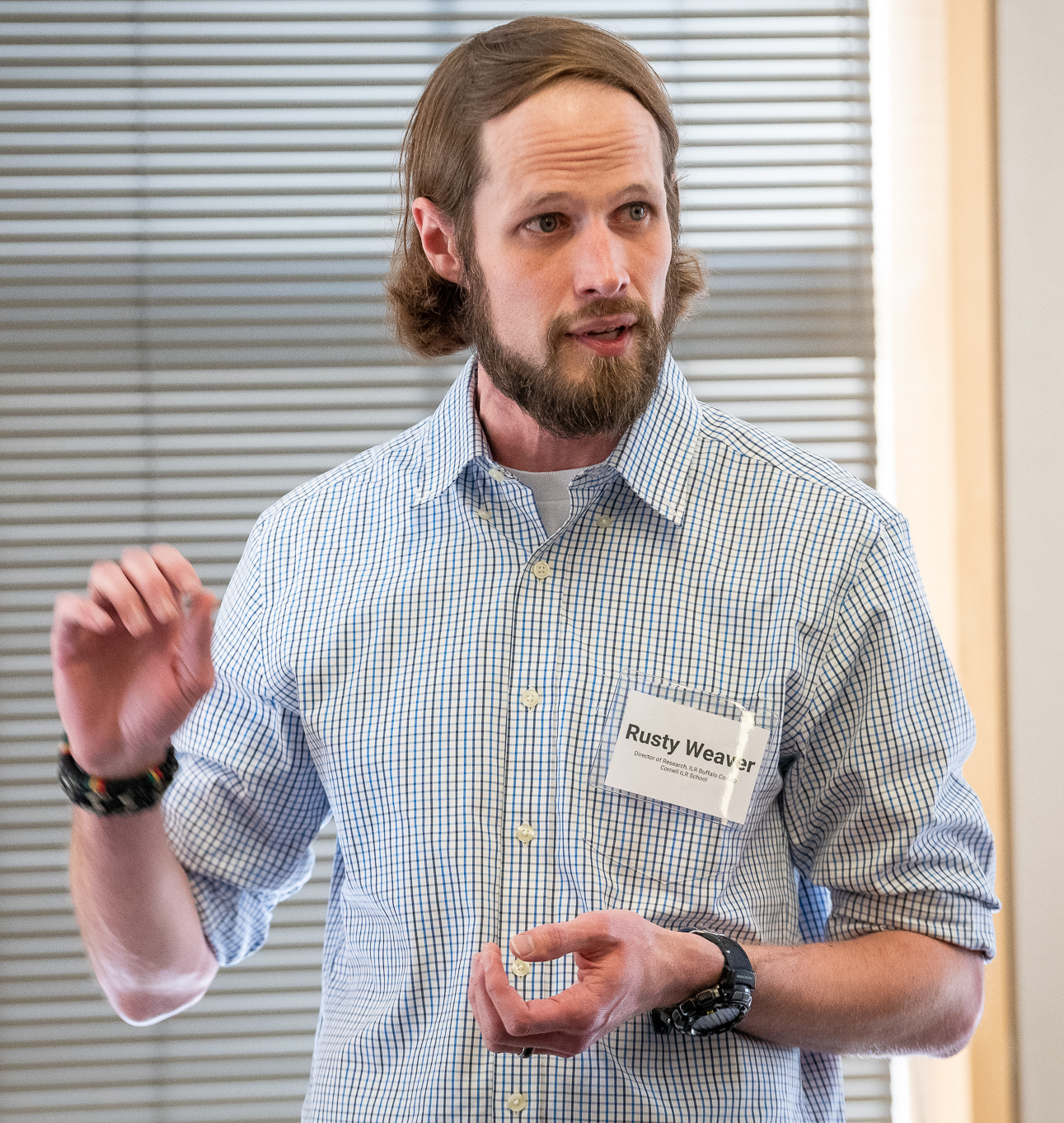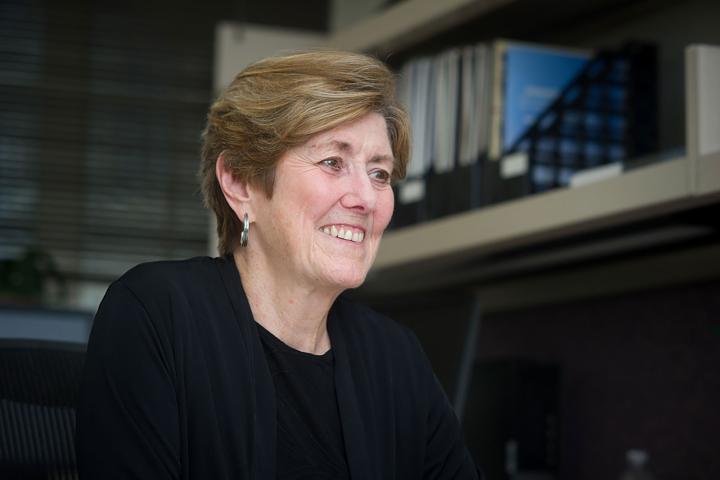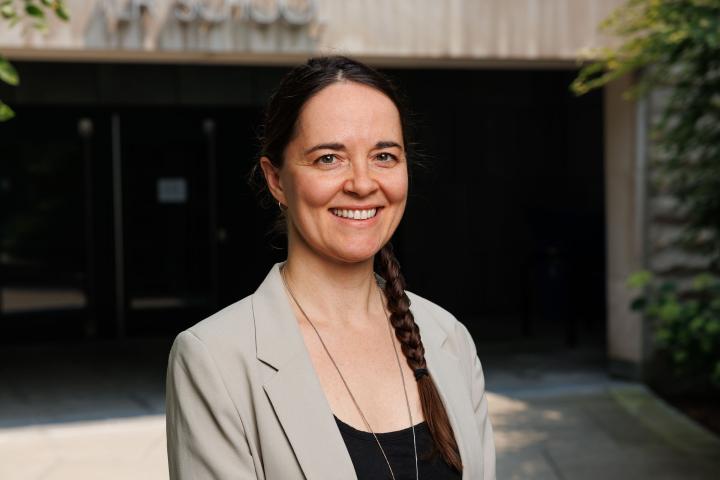
Mapping a More Equitable Future
As director of research at the Cornell University ILR Buffalo Co-Lab, Russell “Rusty” Weaver helps communities connect with resources.
A quantitative geographer, Weaver found his way to the discipline through economics, earning a master’s degree in the field and a doctorate in geography at the University at Buffalo. He describes his work as “figuring out why things are where they are.”
“Geographers look at patterns,” he said. “I use methods of statistical analysis to determine if patterns are random or if something else is going on.”
Weaver joined the Co-Lab in 2019 and created an expansive research agenda that touches on a range of topics around New York state and beyond. Primarily, Weaver builds digital interactive mapping tools around everyday public services. His goal is to get needed information to communities affected by inequality and public-sector disinvestment and to policymakers.
Among the tools developed:
- The Cornell ILR Wage Atlas studies wage inequality across the state and examines who earns a living wage and who does not. “We document that the gap between the two has started to widen,” he said.
- The Cornell ILR Eviction Filings Dashboard, created in partnership with a statewide tenant rights organization, shows a resurgence of eviction proceedings after a nearly two-year moratorium that ended in 2022. “During last year’s budgeting process, every member of the New York State Legislature received a fact sheet showing the scale of eviction filings in their area, which may have led to this year’s housing policy compromises,” Weaver said.
- The New York State Digital Equity Portal, developed in collaboration with the New York State Library, Community Tech New York and other partners, supports library systems and others seeking grants to advance digital equity. The tool, created in 2021 and updated and relaunched this past spring, documents that income is the most significant barrier to home broadband access. “Policymakers use the resource to gain a better understanding of the issue and inform their decision-making,” Weaver said.
After The Status of Child Care in New York State report was published, historic changes were made in the industry. “New York raised its public subsidy for child care to the maximum allowed under federal law and raised the means-tested income level so that more families would qualify,” he said. “Although much work remains to be done, as our later-phase research shows, it got the ball rolling in recognizing the seriousness of this issue.”
His collaborations with colleagues across ILR include New York at Work reports and a Feb. 6 webinar on how privatization and budget cuts have impacted New York state’s mental health care workforce and service quality. A faculty affiliate of the school’s Center for Applied Research and Work, Weaver leads ILR’s annual Empire State Report.

Currently, Weaver is leading a team to map the geographies of union membership across New York state and show its benefits. He intends to launch the tool this summer, after new Census Bureau data is published.
Some of his projects revolve around housing. They include a tool showing what “x” number of dollars will buy in different parts of a city, a study comparing voter turnout behavior of renters and homeowners across New York state, and issues related to climate migration.
Weaver’s research in spatial and data analysis, with a focus on equality and sustainability, has expanded from a Western New York lens to include statewide and national issues. For instance, when CNN analyzed election returns last November, its toolkit included a dataset he developed.
For each of the nation’s 3,160 counties, Weaver compared the cost of living to wage growth in 2016 and 2024.
“Wages have not kept pace with inflation. That’s the story that the data tells us. Everybody’s in this boat – you get less bang for your buck. On average, every place is dealing with this crunch of how far your money actually goes,” he said.
The dataset provided a fuller picture – beyond indicators such as stock market returns and the unemployment rate – of the economic conditions voters live in, Weaver said.
“Rusty’s approach to the democratization of data and research is innovative and pioneering,” said Ariel Avgar, Ph.D. ’08, the David M. Cohen Professor of Labor Relations, Law and History and senior associate dean for Outreach and sponsored research. “His combination of rigorous methodology with a commitment to broad access is essential to the ILR School’s efforts to link research and practice in meaningful ways. His mapping tools, in particular, are a powerful vehicle through which to shape individual decision making, as well as policymaking.”
Buffalo Co-Lab Director Cathy Creighton ’87 said, “Rusty has devoted his life’s work to democratizing data, allowing the layperson to understand how the economy impacts their life. “He believes that with empirical data, people and policymakers will ensure that economic development serves the common good, not simply the billionaire class.”
“Rusty’s childhood experiences in western Pennsylvania, watching the American dream pass so many people by, led to his work on understanding the economy,” Creighton said. “He thrives on data; his work ethic is extraordinary. Yet, he also finds time to be a wonderful and generous colleague, spend lots of time with his family, coach baseball and soccer and play guitar.”
Weaver, previously a tenured professor at Texas State University, is the lead author of “Shrinking Cities: Understanding Urban Decline in the United States” (Routledge, 2016). His work appears in journals such as “Annals of the American Association of Geographers.” He is also a trusted source for regional and national media and was honored in 2022 as a recipient of the Cornell President’s Awards for Employee Excellence.


